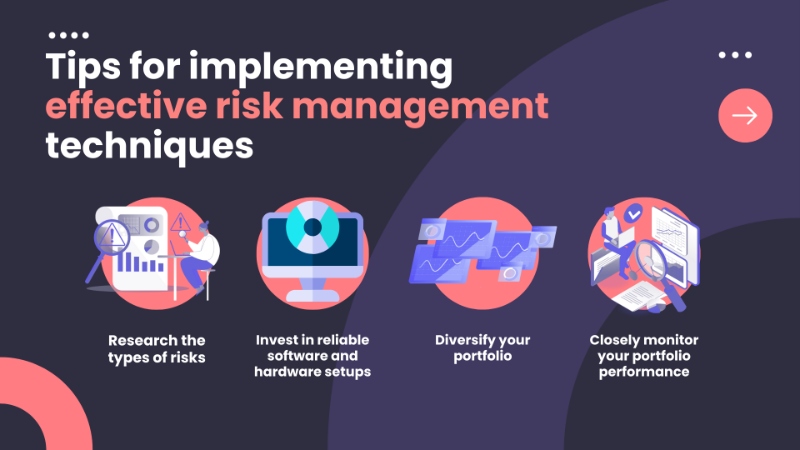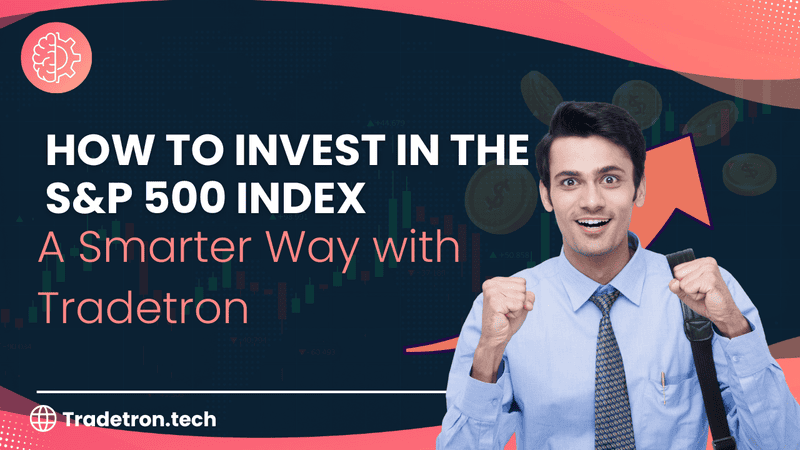Contents
Even the most successful stock traders are not above an occasional wrong decision. While data analysis, market expertise, and intuition are all essential for traders to predict share price movement, they aren’t foolproof solutions.
While financial markets are often affected by unforeseen geopolitical developments that sway market sentiment, most traders consider this an inevitable occupational hazard that can be mitigated by using risk management techniques.
Algorithmic trading, or algo trading, deals with large stock volumes, making it more susceptible to market risks. These risks make it incumbent upon algorithmic traders to avoid making unforced errors while investing in the market. In this article, we discuss four of the most common algo trading mistakes and the ways to avoid them. Algorithmic trading
Failing to Clearly Define Your Trading Objectives
This is a cardinal trading mistake that can result in traders wasting a lot of their time and resources. Without a set of well-defined objectives, you are likely to go through a tedious trial-and-error process where you burn through time and money in the hope of stumbling across a strategy that can help you make profits. This kind of trading attitude is vulnerable to random reinforcement - the wrongful attribution of a positive or negative trading outcome to your skills as a trader, or lack thereof. That is only likely to worsen a bad situation and stunt your growth as a trader.
To put it another way, random reinforcement is when the market coincidentally rewards bad trading practices through sheer luck. You can think of it as making just enough money at a poker table to keep playing for some time without making any substantial profits. As a trader, you can avoid falling prey to this trap by having a set of quantifiable, well-defined investment objectives from the outset.

Tips for setting well-defined trading objectives
Here are a few tips to help you formulate a set of reliable investment objectives.
Avoid vague objectives like ‘reduce investment risk’. Instead, figure out exactly how you’d like to diversify your investment funds over different industries to reduce risks.
Keep your objectives succinct and to the point.
Make your objectives quantifiable to make it easy to track portfolio progress.
Stick to realistic and attainable investment goals.
Over-Optimizing Your Trading Algorithm
Over-optimization is an algo trading hazard that usually occurs when you back-test your trading models. As the term suggests, over-optimizing refers to an overcorrection of trading models that makes them ineffective in live market conditions. While traders need to test their algorithms against historical data, you should know that it is fundamentally impossible to create an algorithm that produces the desired result every time. Instead, determine a tolerable error rate that can be attributed to general market fluctuations.
Tips for avoiding over-optimization
The best way to check for over-optimization is to put your algorithm through a live market simulation. Tracking the live performance of your trading strategy will give you the best idea about its robustness and accuracy. Over-optimization can be avoided right in the backtesting phase by spotting parameters that cause uncharacteristic fluctuations in your results. Simply put, if the slightest change in your input values is causing a drastic change in your final output, you’re most likely missing a step. While slight discrepancies are a part of any market simulation, drastic fluctuations in results can be a tell-tale sign of over-optimization.
Neglecting Risk Management
Effective and proactive risk management is a crucial part of algorithmic trading. Algo trading programs usually place hundreds of trade orders within a short time, making it impossible for traders to cross-check each one before they’re executed. The high trading volume characteristic of this model also significantly amplifies the investment risks associated with algo trading. Simply put, the fact that higher amounts of money are invested more frequently through algo trading makes it more vulnerable to market risks. However, these risks can be effectively managed using active risk mitigation processes.
Tips for implementing effective risk management techniques
Here are a few tips to help you formulate and implement better risk management processes.
Research the types of risks involved in algo trading. You should know about systemic market risks, technical risks, and regulatory risks to come up with a comprehensive risk mitigation strategy.
Invest in reliable software and hardware setups.
Diversify your portfolio to actively counter the investment risks related to certain market sectors.
Closely monitor your portfolio performance.
Not Monitoring Your Algorithm
No matter how well-optimized, every automated trading algorithm is subject to some discrepancies. These can result from the inherent unpredictability of open markets or the technological limitations of the computer program being used. When left unmonitored, these discrepancies can grow over time and make your algorithmic trading algorithms ineffective. Further, changing market conditions can produce new gaps within your systems that must be rectified immediately to avoid significant losses. All this makes it imperative for you to monitor and optimize your trading algorithms regularly. Re-optimization can mean enhancing your trading algorithms over time or making significant changes to account for altered market conditions. The best way to re-optimize your trading algorithms is to test them in a live market simulation and fix any problems that happen to crop up.
Tips for monitoring your algorithms
Transparency and productivity enhancement tools like performance reports and dashboards can help you monitor your algorithms more effectively. The key to monitoring your trading programs more closely is making them more accessible and transparent right from the development stage. That means organizing your code (if you use any) and training datasets to make it easier for you to read and debug them later. You can also use trading platforms that allow you to generate performance reports on demand and keep close track of your algorithms.
Choosing the right trading platform
Mistakes are bound to happen in any normal trading environment. They can help traders understand the intricacies of the open market and adapt to them. That is why it is important to choose a trading platform that allows you to dynamically edit and customize your trading algorithm. Another important consideration is choosing a platform with appropriate system transparency tools like performance dashboards.
At Tradetron, we make algo trading accessible to everyone! Our state-of-the-art patent-pending platform lets traders regularly track their portfolios through comprehensive performance reports. It also allows them to customize their trading algorithms easily and test them against an exhaustive market database.
Visit us to know more about who we are and what we do.



 Made with Superblog
Made with Superblog